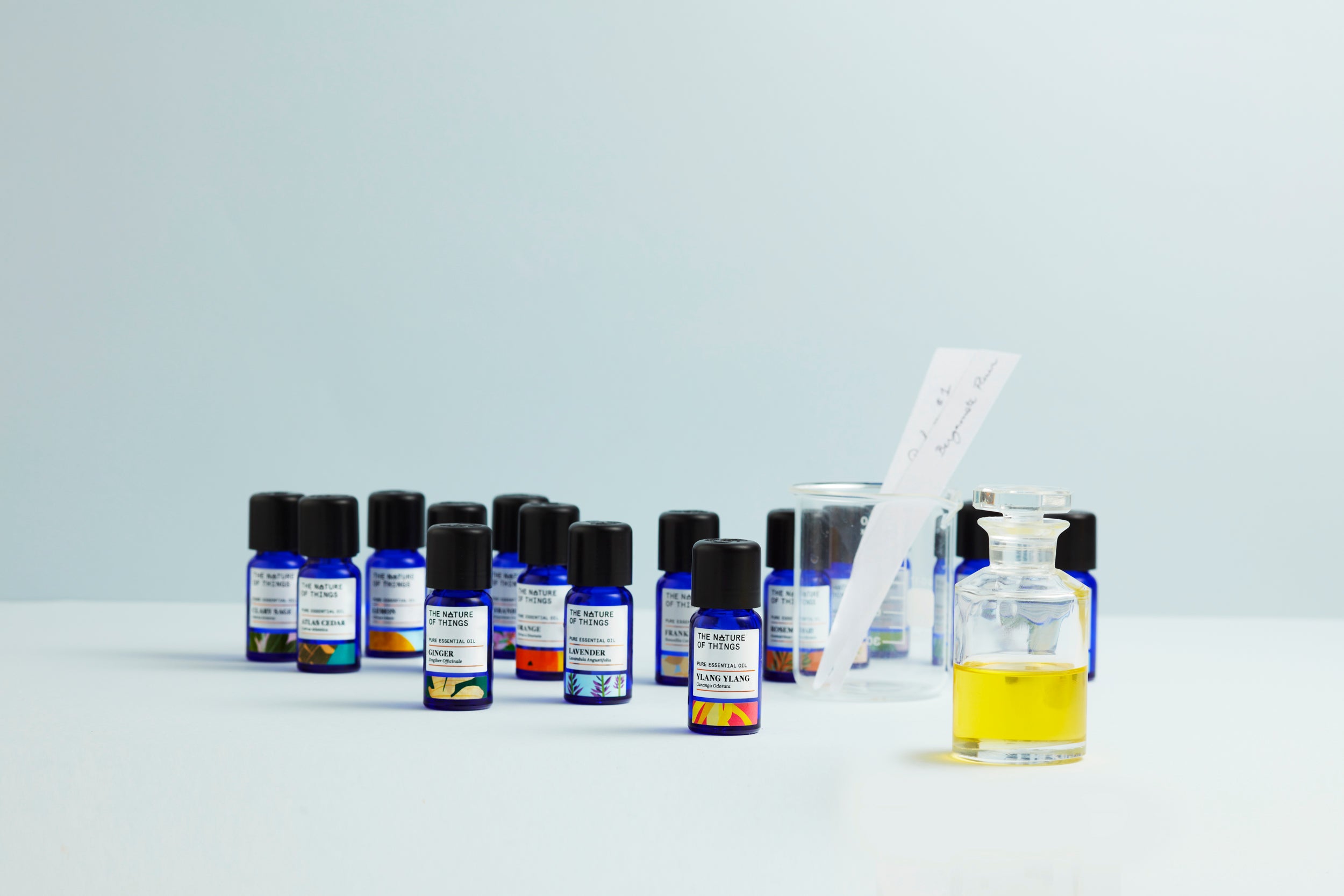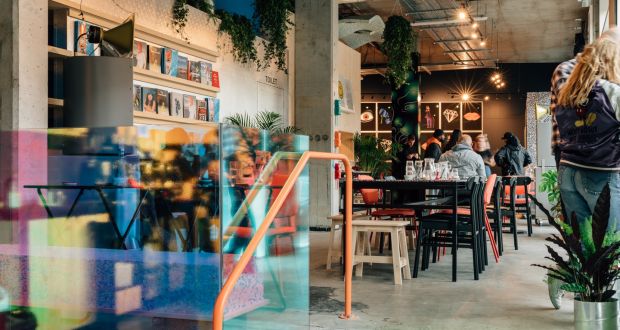Stories

dublin
Benoit Nicol - The Nature of Things
Just a short walk from our shop on Drury St, Benoit Nicol runs The Nature of Things from the creative hub, the Chocolate Factory. Producing a range of beautiful essential oils and absolutes, we ask...
Read more

Irish Ceramics
Tell us a little bit about what you make: I make a variety of tableware using both stoneware clay and more recently, local clay from the Dublin mountains. Each piece is hand thrown in my studio in...
Read more